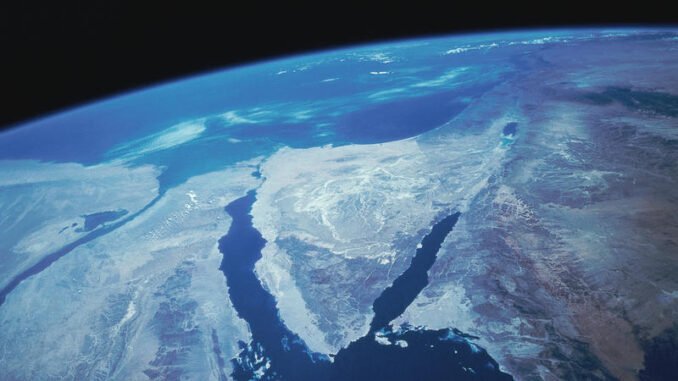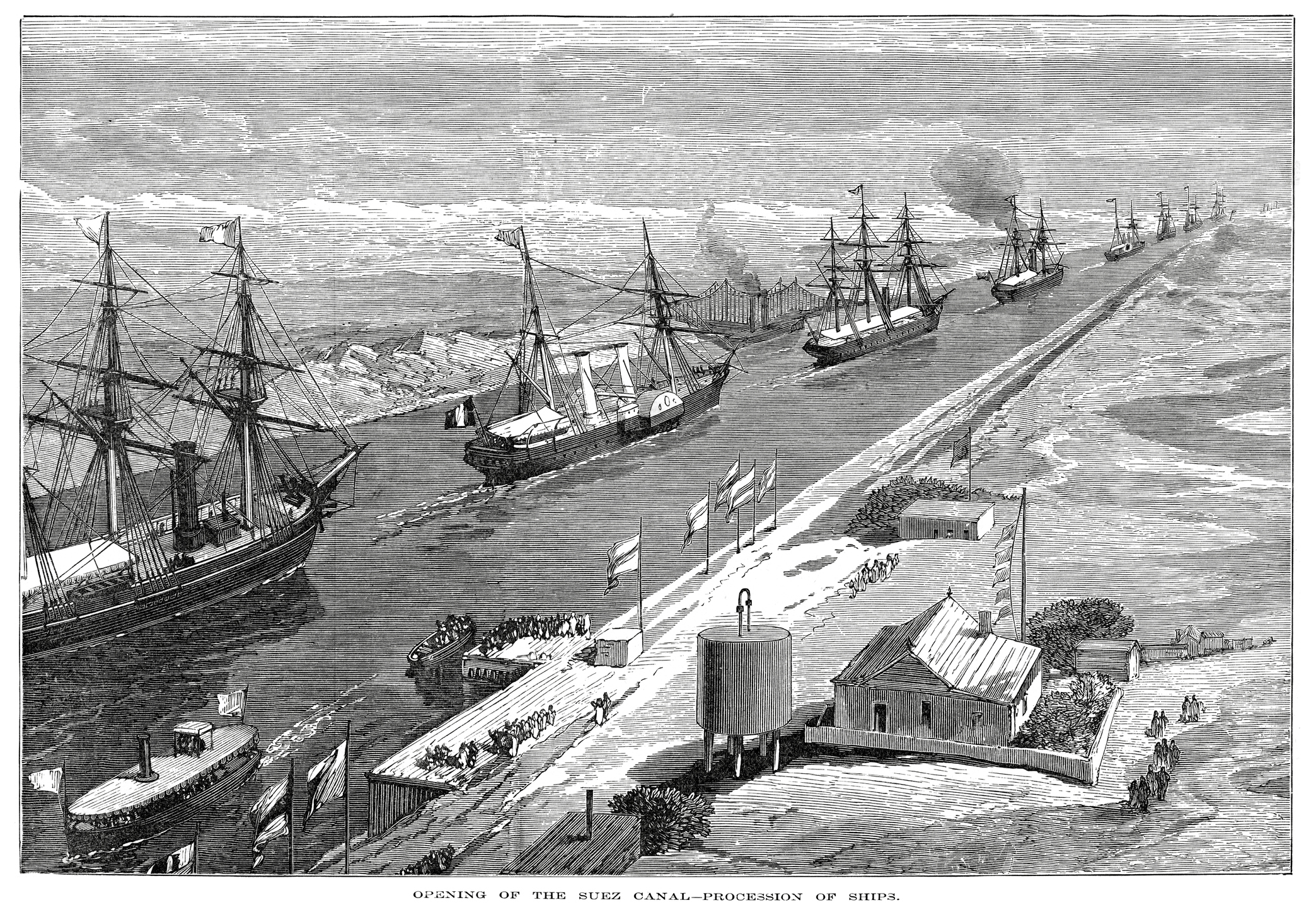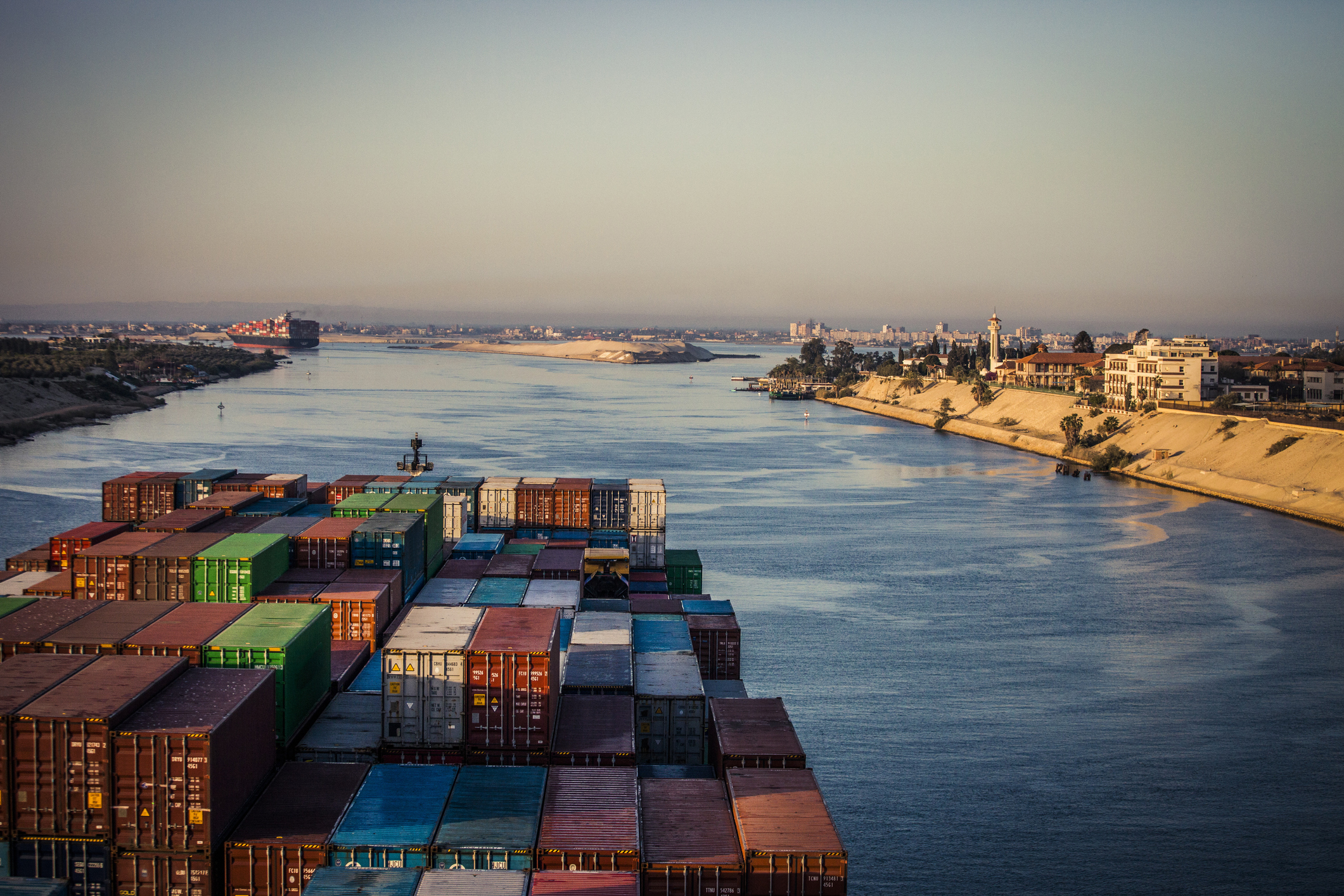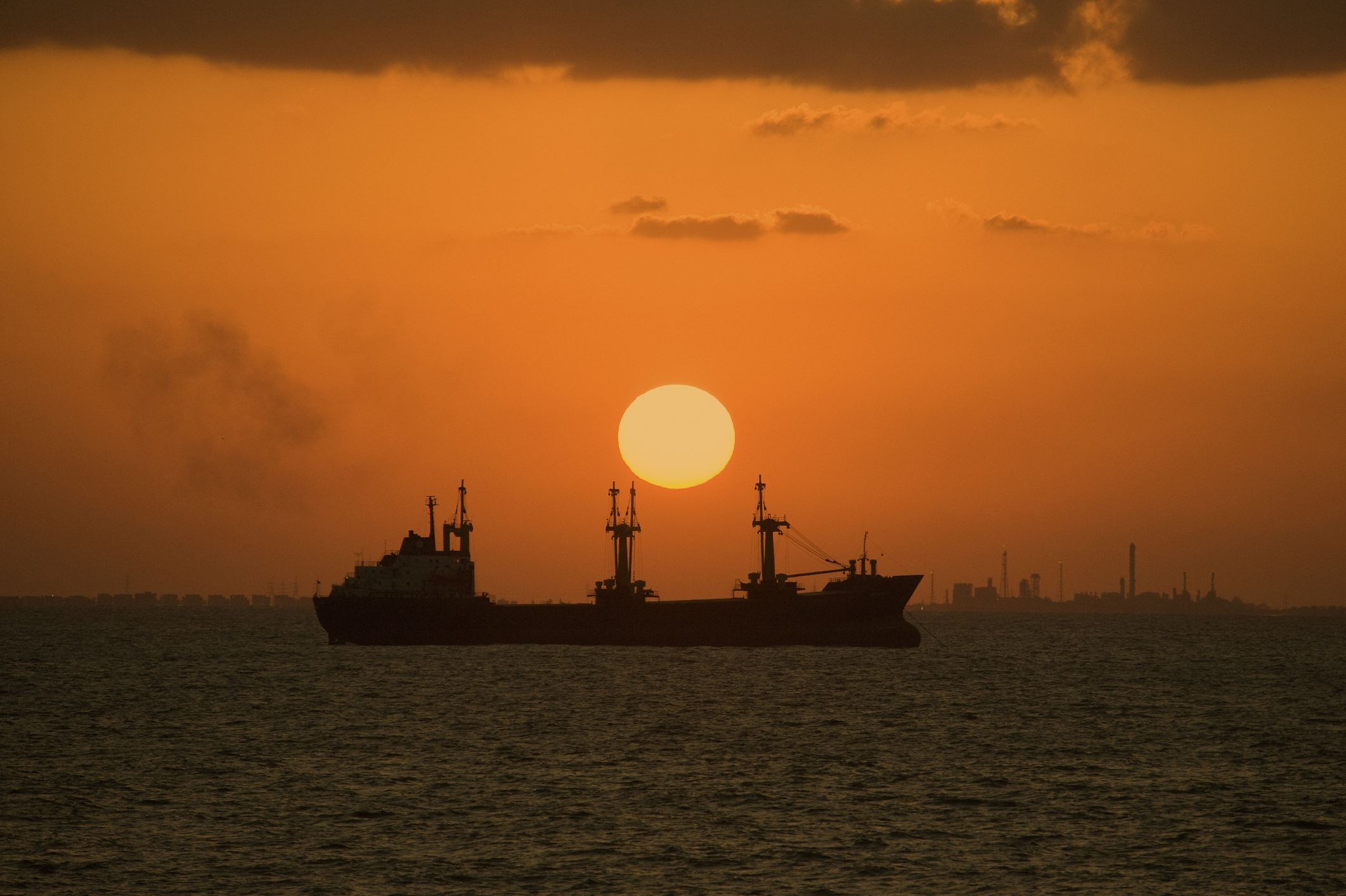
The Suez Canal, bridging the Red Sea and the Mediterranean, is one of the most important engineering feats in all of human history. This 120-mile trench dug into the Egyptian Isthmus of Suez has changed the course of world events, politics and economics, but other than the fact that there is a Suez Canal, most of us know very little about it.
initial ideas
Already in antiquity, the challenges of trade between civilizations in the Mediterranean and Indian Ocean basins inspired the idea of a link between the two bodies of water. Maritime trade is much cheaper and more efficient than transporting goods overland, so eliminating the need to transport across the Isthmus of Suez would have greatly increased the prosperity of any people advanced enough to complete such an undertaking.
Contemporary records do not provide a concrete answer as to whether the canal was completed, but the first documented attempt to bridge the divide was nearly 3,900 years ago, during the reign of Pharaoh Senusret III. Later pharaohs, Persians, Romans and Ottomans attempted similar feats – most running east-west, not north-south like the current canal – but there is no evidence of a sustainably operated large-scale navigable canal in the historical record.

Napoleon’s involvement
Even the great French conqueror Napoleon Bonaparte was seduced by the idea of linking the Mediterranean to the Indian Ocean. For centuries before his conquest of Egypt in the late 18th century, traders and explorers had circled the Cape of Good in hopes of trading goods with more distant civilizations, and shortening the length of that journey, he thought, would cement France as the pre-eminent power. from Europe.
Unfortunately for the French, a series of military challenges and defeats forced them to withdraw from Egypt after only completing an initial survey of the proposed route. Research erroneously concluded that the difference in elevation between the Mediterranean and the Red Sea was too great for a viable canal. That miscalculation set back the mission of a Suez Canal by a generation.

In the mid-19th century, another Frenchman took up the challenge of building the canal, and his name was Ferdinand de Lesseps. After years of working as a diplomat in the region, de Lesseps had the knowledge and relationships to champion such an undertaking. In 1855, he convened the succinctly named International Commission for the Drilling of the Isthmus of Suez, and the project began to gain momentum.
Experts from around the world gathered in Paris to review maps, research and documents and assess the project’s feasibility. After nearly a year of on-site investigations, reviews and deliberations, the panel concluded that the project was viable and expressed support for its construction.
With the plans evaluated by the greatest scholars and specialists of the time, the Suez Canal Company was chartered and the age-old dream of building the canal was one step closer to realization. After initial investment from the Egyptian government, wealthy Frenchmen and business leaders, the Suez Canal Company was ready to begin one of the largest engineering projects of all time.

Work began in 1859 and would not be completed for another 10 years. Over the course of construction, over a million people were employed, with tens of thousands excavating at any given time. Sadly, thousands of these workers would later die from illness, accidents and overexertion while working in the desert, but no exact accounting of their number exists.
The first ship sailed through the Suez Canal in November 1869, forever altering the flow of global trade and finally realizing what had been imagined for so long. Overnight, weeks were lost traveling from Europe to Asia and the entire system of international trade was brought to a halt. With its immense geostrategic relevance, the canal would come to serve as a hotbed of international conflict, nearly triggering a third world war at the height of the 1956 Suez Crisis.

Work began in 1859 and would not be completed for another 10 years. Over the course of construction, over a million people were employed, with tens of thousands excavating at any given time. Sadly, thousands of these workers would later die from illness, accidents, and overexertion while working in the desert, but no exact accounting of their number exists.
The first ship sailed through the Suez Canal in November 1869, forever altering the flow of global trade and finally realizing what had been imagined for so long. Overnight, weeks were lost traveling from Europe to Asia and the entire system of international trade was brought to a halt. With its immense geostrategic relevance, the canal would come to serve as a hotbed of international conflict, nearly triggering a third world war at the height of the 1956 Suez Crisis.
To this day, the Suez Canal remains the foundation of the global economic system. Facilitating trade between Europe and Asia, thousands of ships laden with goods transit the canal annually. With the rapid development of the Global South and the dizzying volumes of world trade, the importance of the canal will only increase in the coming decades.